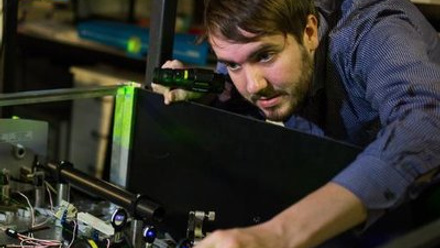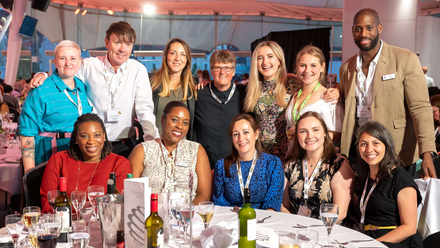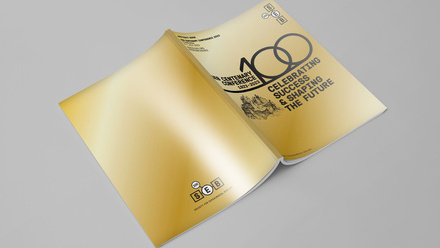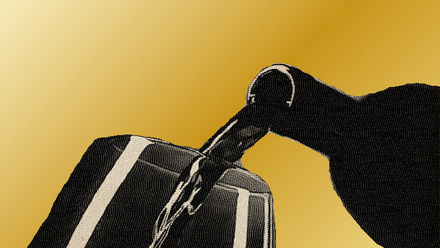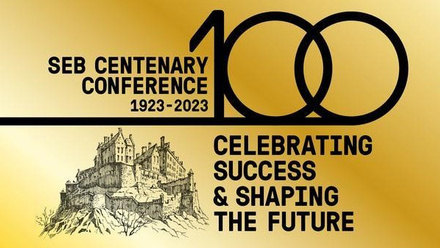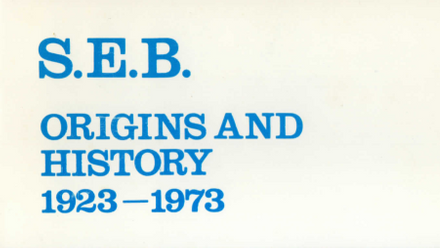A visit to the SEB archives
This article is featured in the SEB Spring Magazine 2023 (page 50).
Celebrating 100 years of existence, the Society for Experimental Biology (SEB) is taking a trip down memory lane by diving into its archives. The Outreach, Education, and Diversity (OED) team have been sifting through 14 boxes of historical material to organize data for SEB's Centenary celebrations (Figure 1).
As technology advances, fewer and fewer printed copies are produced, making the archives even more valuable. The team had the privilege of exploring handwritten documents and other fascinating resources that paint a vivid picture of the past. Although not all the material was analysed, we did uncover some interesting information.
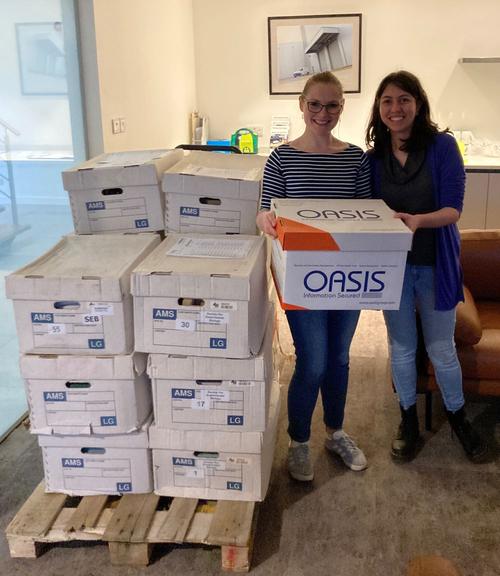
Figure 1. The Outreach, Education and Diversity (OED) team during their visit to the SEB archives.
How incredible it was to look through live evidence of the past through handwritten minutes and letters! It wasn’t an easy task to go through 14 boxes of history, but one exciting outcome was being able to fill out some gaps in our knowledge, such as the full lists of SEB’s Presidents. In the early days of the Society, there was no President or Section Chairs; instead, Officers and Secretaries were responsible for executive decisions. In 1977, the Society was incorporated as a company and appointed its first President, John William Sutton Pringle (F.R.S.). Professor Christine Raines made history in 2017 when she became the first female President of SEB.
We also found the handwritten minutes of the first Society meeting minutes ever (Figure 2), which described the formation of the Society, its first resolutions, the list of invited members of the Council, who would be appointed Secretaries and Treasurer, and considerations about membership, subscriptions and Conferences. The official typed letters sent by the Secretaries R. Ruggles Gates and Lancelot Hogben to the members about the first few meetings of the Society (Figure 3) were also found, as was the handwritten list of members of 1924.

Figure 2. An extract of the handwritten minutes of the first Society’s meeting, stating its formation.

Figure 3. An official letter from the Honorary Secretaries, Ruggles Gates and Lancelot Hogben, inviting members to one of the first meetings of the SEB in 1924.
Printed booking forms and letters exchange were the main way that people communicated in the past. Could you imagine organising an entire annual conference through letters? A printed booking form for the Edinburgh meeting in 1989 (Figure 4) was among the materials found. We’re very grateful that booking for this year’s Centenary Conference in Edinburgh is all online!
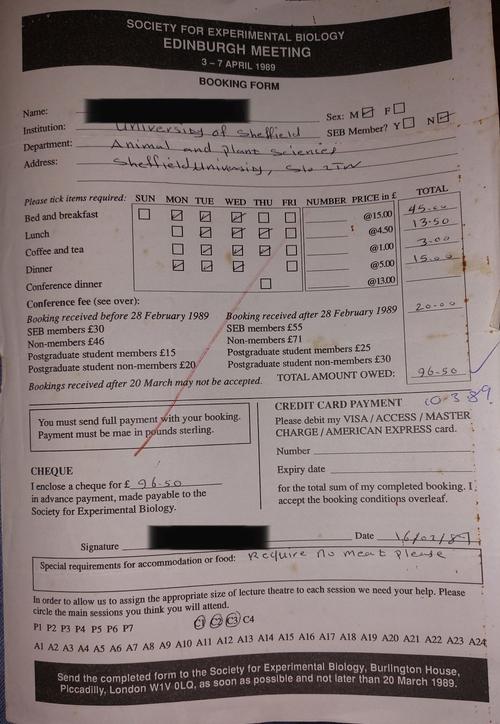
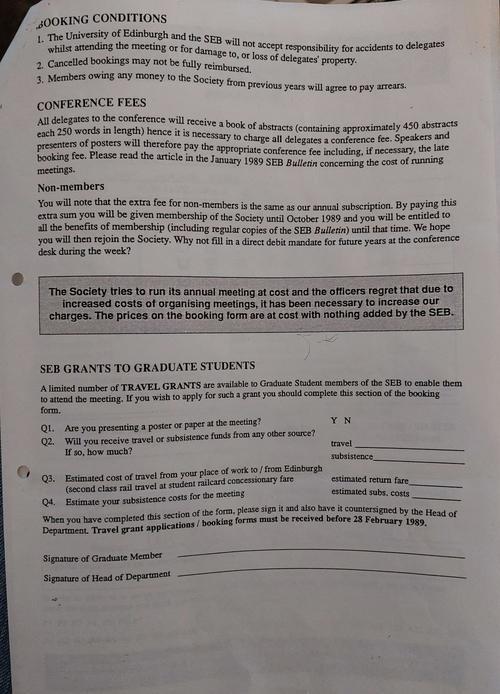
The Bidder Lectures is an ongoing SEB award given to prominent scientists who have demonstrated excellence in the animal field of research. Originally, however, the Bidder Lectures were a series of six lectures organised in collaboration with the Company of Biologists (CoB), but in a meeting in 1975, it was decided to continue the series after seeking CoB approvement (Figure 5). Since then, the Bidder Lectures have expanded to include three separate awards for outstanding contributions to animal, plant, and cell biology. The Woolhouse Lecture is awarded for plant biology, and the Cell Plenary Lecture is awarded for cell biology.

Figure 5. An extract of a meeting minutes of 1975 in which was discussed the future of the Bidder Lectures.
SEB's archive also contains materials that shed light on the Society's progress. A subcommittee set up in 1973 created a report on the future development of the Society. The report included a summary of members' feedback and recommendations, which included the creation of "Special Interest Groups" (Figure 6). Currently, the SEB has one Outreach, Education and Diversity group and 22 scientific special interest groups covering the Society’s three sections: animal, plant and cell biology.
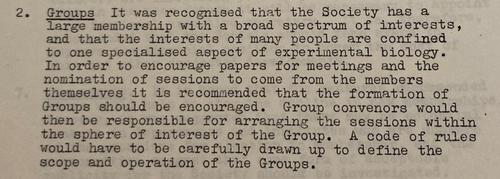
Figure 6. An extract of the 1973 report on the Future Development of the Society regarding the formation of Groups (= Special Interest Groups).
Other materials found in the archives included financial statements, symposium publication books, and member handbooks, among others. While there are plans to digitize and organize all these resources in the future, the OED team's trip to the archive was an opportunity to glimpse into the past and reflect on the Society's remarkable journey over the last century.
There is still much to uncover, as the archive contains a total of 68 boxes. The SEB is excited to continue exploring the archive's resources and will publish articles on its most interesting finds throughout the year. Additionally, the SEB plans to present some of the discovered documents for viewing at the centenary conference, allowing attendees to connect with the Society's rich past and exciting future.

